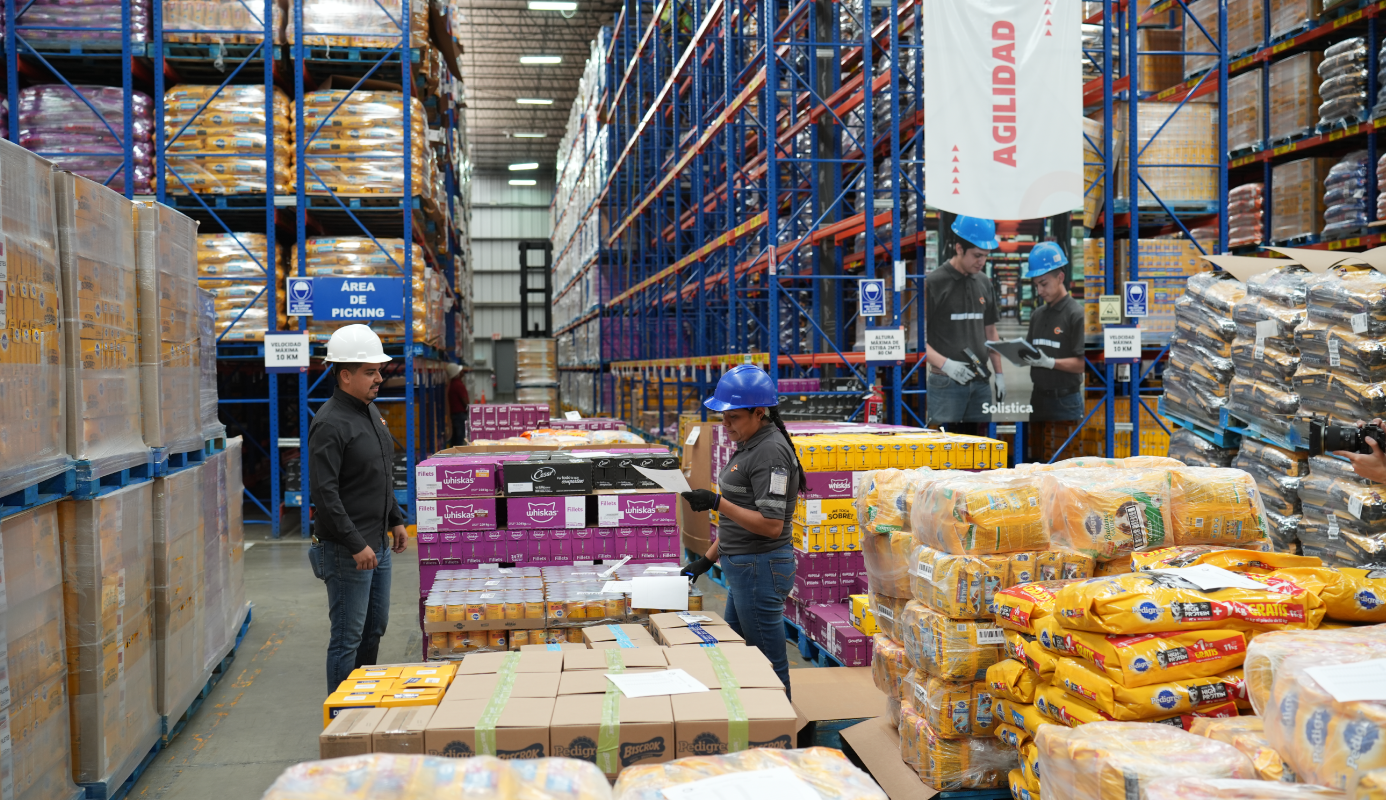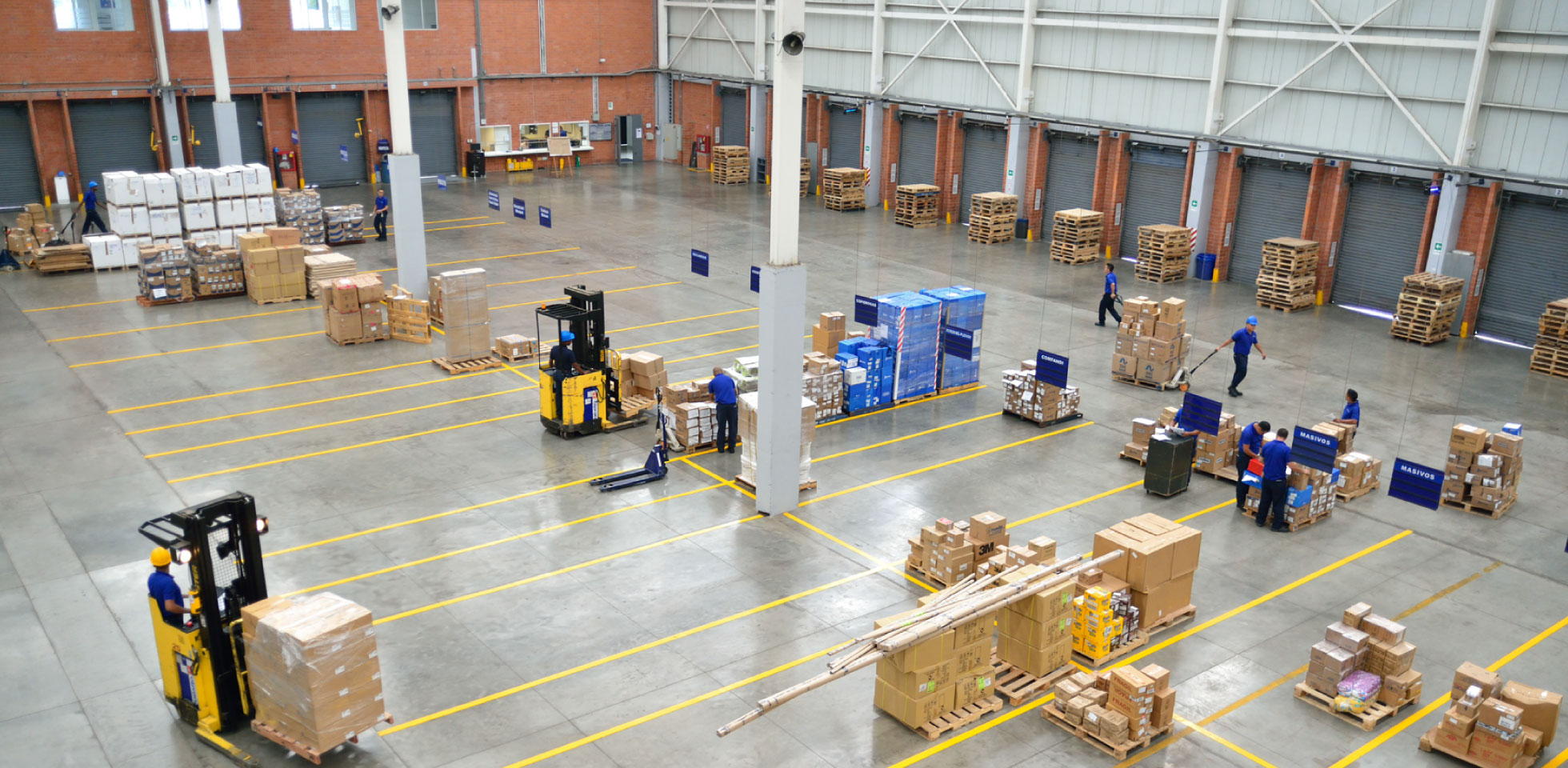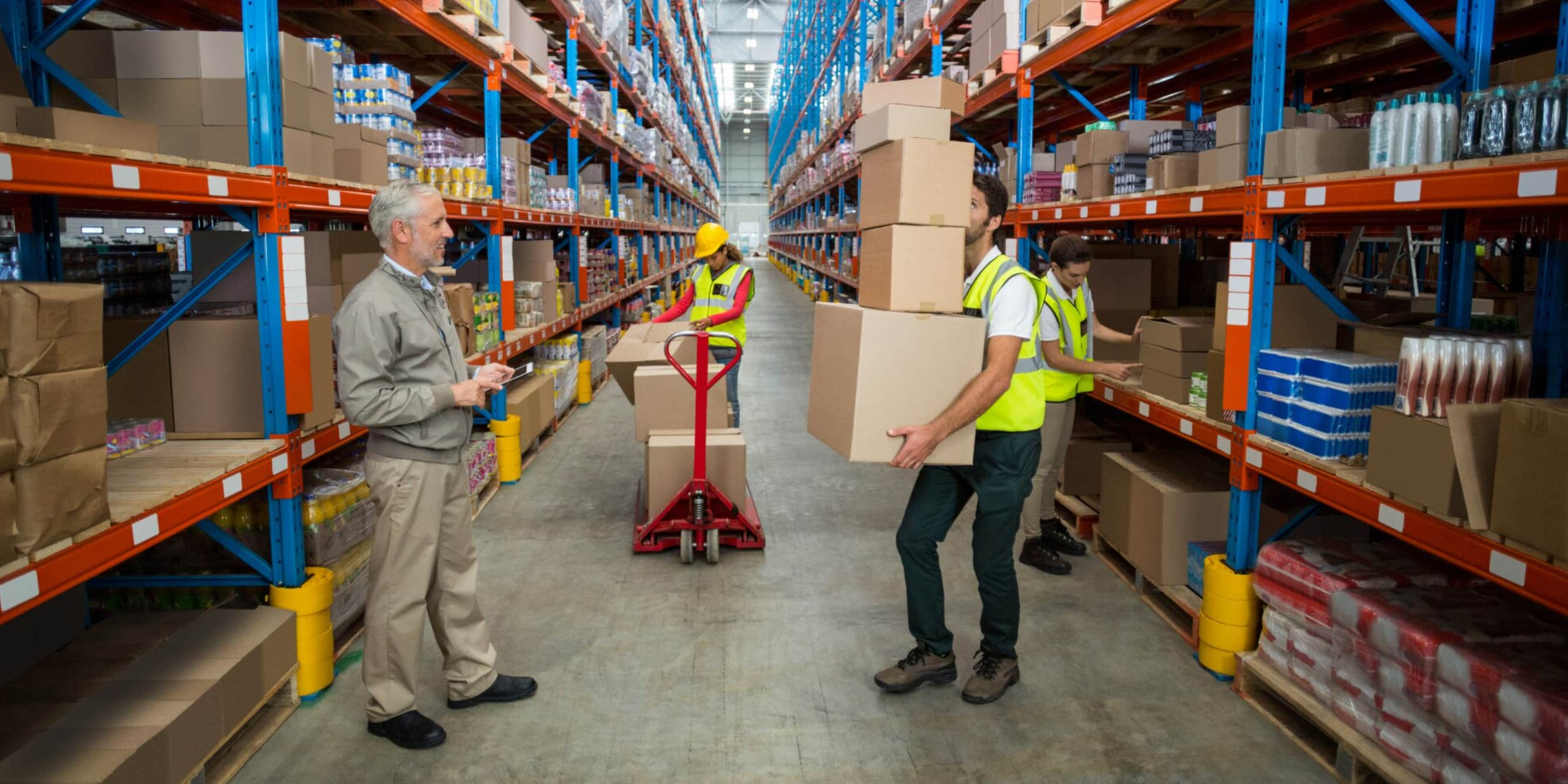Warehouse optimization plays a fundamental role in the field of international logistics, where strategic management of resources, space, and technology becomes an irreplaceable pillar for maintaining competitiveness in an increasingly globalized and challenging business scenario. The importance of this facet of logistics cannot be underestimated, as it directly influences operational efficiency, customer satisfaction, and ultimately, the profitability of companies.
In an interconnected world with supply chains spanning continents, proper warehouse management stands as a critical link in the logistics chain. Optimal utilization of human and material resources, implementation of advanced technologies, such as automated inventory management systems and real-time tracking solutions, are imperative to ensure agile and efficient distribution of products. These well-optimized warehouses not only streamline internal processes but also translate into shorter delivery times and reduced costs, essential elements for success in a highly competitive global market.
In this context, warehouse optimization is not simply a choice, but an imperative need for companies looking to stay at the forefront of international logistics. The ability to adapt to changing market demands, maximizing available space, and implementing innovative logistics solutions have become key differentiating factors. Ultimately, those who manage to perfect their warehouse management strategies will be better positioned to offer quality solutions and maintain a competitive edge in a constantly evolving business world.
In this article, we will explore in-depth the key strategies and technologies that companies can use to optimize their warehouse operations in the field of international logistics.
Technological Evolution in Warehouse Management
Warehouse management has come a long way in terms of technological evolution. From legacy systems to next-generation solutions, technology has been a key enabler for warehouse optimization in international logistics.
- Radio Frequency and Beyond: In its early stages, Warehouse Management Systems (WMS) were based on radio frequency (RF) technology through handheld devices with integrated scanners that captured and transmitted information from barcodes. Although this technology marked a significant advance in inventory management accuracy, its scope was limited.
In the 90s, technologies such as “pick to light” (PTL) and “voice-directed picking” (VDP) emerged, introducing more efficient methods of product selection in warehouses. However, it was in more recent times that advanced technologies truly transformed warehouse management in international logistics.
Current Trends in Warehouse Optimization
International logistics is constantly evolving, largely driven by technological advances. Here, we will highlight six key trends in warehouse optimization that companies should consider:
- Auto-Learning Technologies: The incorporation of machine learning capabilities and algorithms into Warehouse Management Systems (WMS) allows for more accurate detection of supply chain disruptions. This is vital in an international logistics environment where disruptions can have a significant impact on operations.
- Urgent Orders: Warehouse management systems must be able to handle urgent orders efficiently. International logistics often involves quick deliveries, and therefore, the ability to prioritize and process urgent orders is essential.
- Financing Options: Some WMS providers are collaborating with manufacturers to offer financing options, such as platform rentals. This allows companies to access advanced warehouse optimization technologies without compromising their initial capital.
- Returns Management: Returns management is a critical aspect in international logistics. Warehouse management systems must be able to effectively handle return processing to minimize losses and reduce the impact on the supply chain.
- Facilitating Implementations: The implementation of warehouse management systems can be a complex process. Providers are developing training and support tools that facilitate the implementation of their systems in companies.
- Focus on User Interface: Usability and data presentation in warehouse management systems are becoming increasingly important. Visual logistics, which uses images and visual representations to convey information, is gaining relevance in international logistics. This facilitates understanding of operations and decision-making.
Challenges and Solutions in Warehouse Optimization
Despite technological advances, some companies face challenges in warehouse optimization in international logistics. These challenges may include:
- Lack of Visibility and Tracking: Some companies lack automated systems that provide real-time visibility of inventory in their warehouses. This can lead to product loss and an inability to effectively respond to fluctuating demand.
- Slow Loading Processes: Slowness in loading processes is a common problem in warehouses where pickers do not have an accurate view of inventory location. This can delay picking and delivery operations in international logistics.
- Storage Inefficiencies: Inefficient storage systems can increase the need for space and personnel in the warehouse. This can result in additional costs and inefficient space management.
- Redundant Processes: Some companies perform excessive physical checks and redundant processes that consume unnecessary time and resources. This can damage merchandise and make warehouse operations inefficient.
- Lack of Efficient Routes: International logistics demands efficient picking and delivery routes. Lack of route planning can result in delays and additional costs in the supply chain.
Effective Strategies for Warehouse Optimization
Below, we present some of the best practices for effectively optimizing a warehouse in the field of international logistics:
1. Accurate Merchandise Tracking
- Use scanners, barcodes, and radio frequency identifications (RFID) to collect accurate data.
- Leverage the WMS to track merchandise in real time.
- Implement product location strategies using bin location for better organization.
- Avoid mixing different SKUs (Stock Keeping Unit) in the same location.
- Use research, patterns, and historical data to more accurately forecast demand.
- Use a single tracking number to facilitate management.
2. Efficiency in Logistics Operations
- Implement advanced shipping notifications (ASN) for greater control.
- Establish an effective return process well integrated into the WMS.
- Implement “lean warehouse” depot operations practices to eliminate waste and optimize processes.
- Establish agreements with carriers that schedule appointments for efficient deliveries.
- Classify inventory through an ABC priority analysis to focus resources on higher impact products.
- Create a product location strategy that minimizes picking time and optimizes workflow.
- Take advantage of the “cross-docking” concept whenever possible to streamline distribution.
- Consider building multichannel distribution centers to address changing customer demands.
3. Safety and Risk Management
- Prioritize warehouse safety as a fundamental concern.
- Form a safety committee and provide regular training to employees on safety practices.
- Develop and maintain an emergency plan that addresses potential risks in the warehouse.
- Ensure that only trained operators use equipment such as forklifts and cranes.
- Implement storage methods that minimize the risk of fires and other accidents.
- Ensure the proper use of safety equipment, such as reflective vests and helmets.
- Place safety signs and notices in visible places to remind employees of safe practices.
- Encourage a culture of reporting faults or risk situations for quick action and prevention. Efficient Warehouse Design
4. Efficient Warehouse Design
- Keep warehouse aisles as clear as possible to facilitate mobility and access.
- Store high-demand items near the shipping area to streamline the picking process.
- Calculate resource and space needs based on expected demand and current loads.
- Maximize vertical space through suitable shelving and rack systems.
- Use the WMS to sequence orders and efficiently organize workflow.
- Implement operational standards in all functional areas to reduce times and errors.
- Leverage lean applications to eliminate waste and optimize processes.
5. Smart Inventory Management
- Maintain constant monitoring of inventory throughout the supply chain.
- Classify products according to their potential impact on costs and demand.
- Perform regular picking counts to improve process accuracy and efficiency.
- Create a stock list by location to facilitate product location.
- Establish fluid and continuous communication with suppliers to ensure product availability.
- Use fixed and mobile tracking options to track product location.
- Group similar products in nearby locations to optimize picking.
Warehouse optimization in international logistics is a constant challenge, but implementing the right strategies and practices can lead to greater efficiency, cost reduction, and a more agile supply chain. In a globalized and highly competitive business world, companies that invest in warehouse optimization are better positioned to meet changing customer demands and maintain their competitive edge in the international market.
At Solistica, we are committed to helping companies achieve their warehouse optimization goals. Contact us today and discover how we can work together to improve your logistics operations on a global scale.






